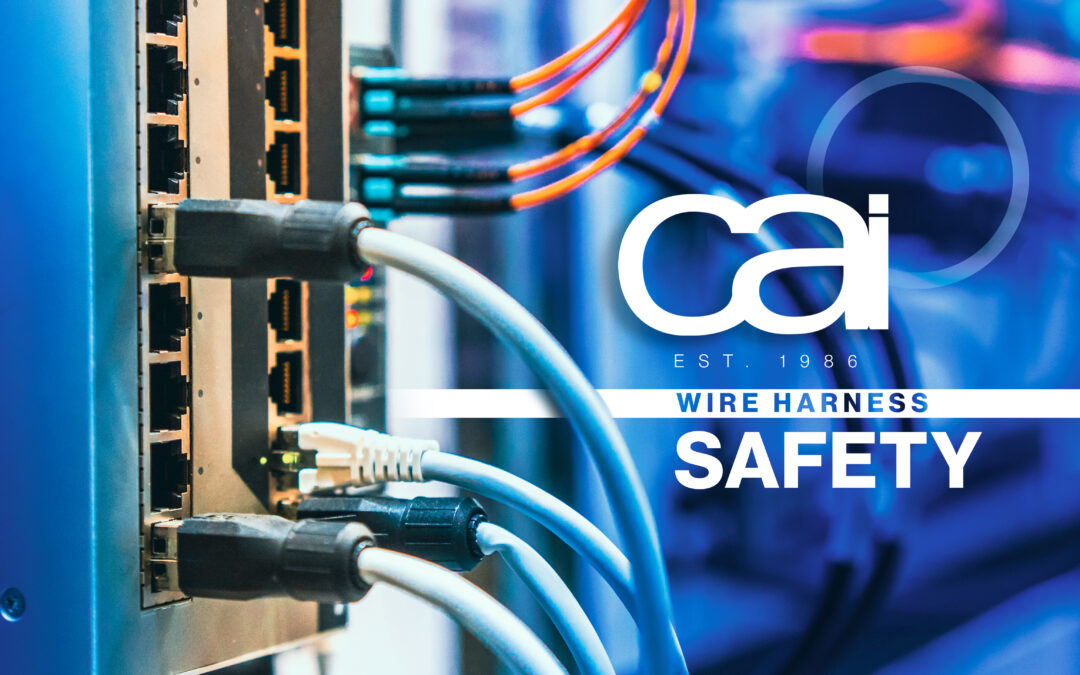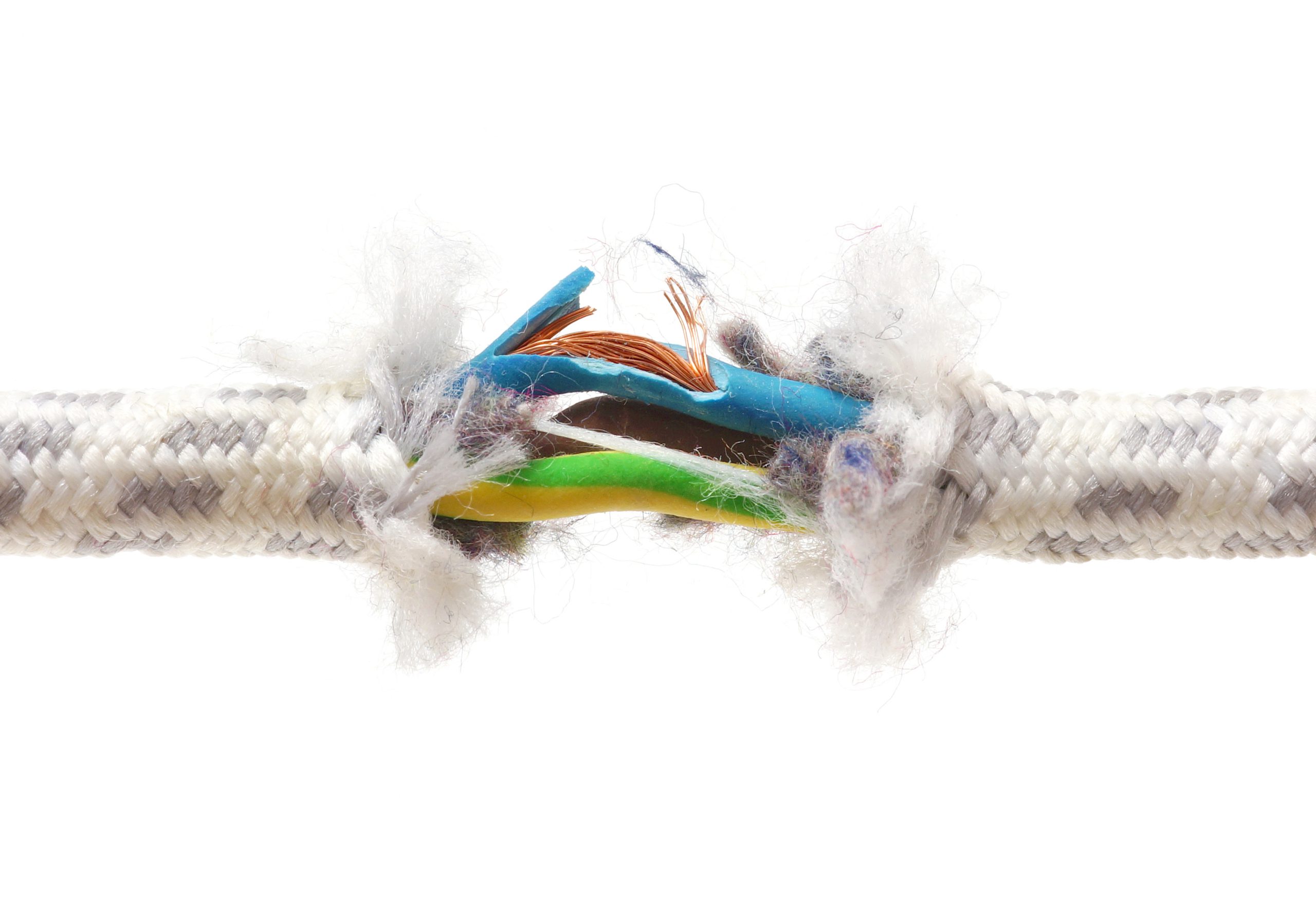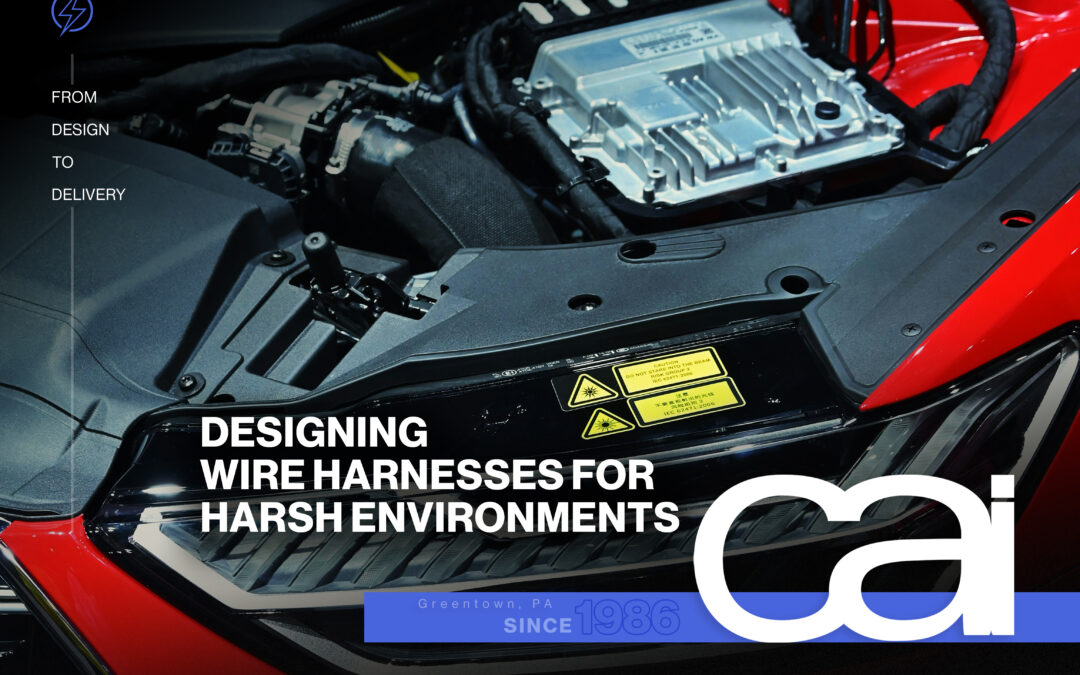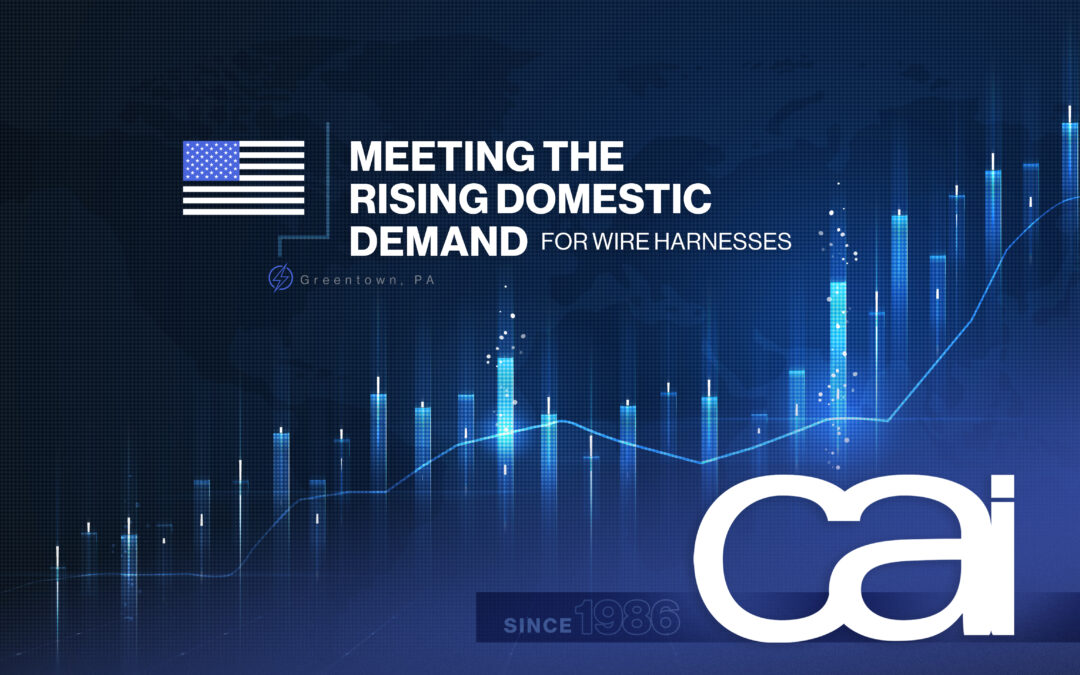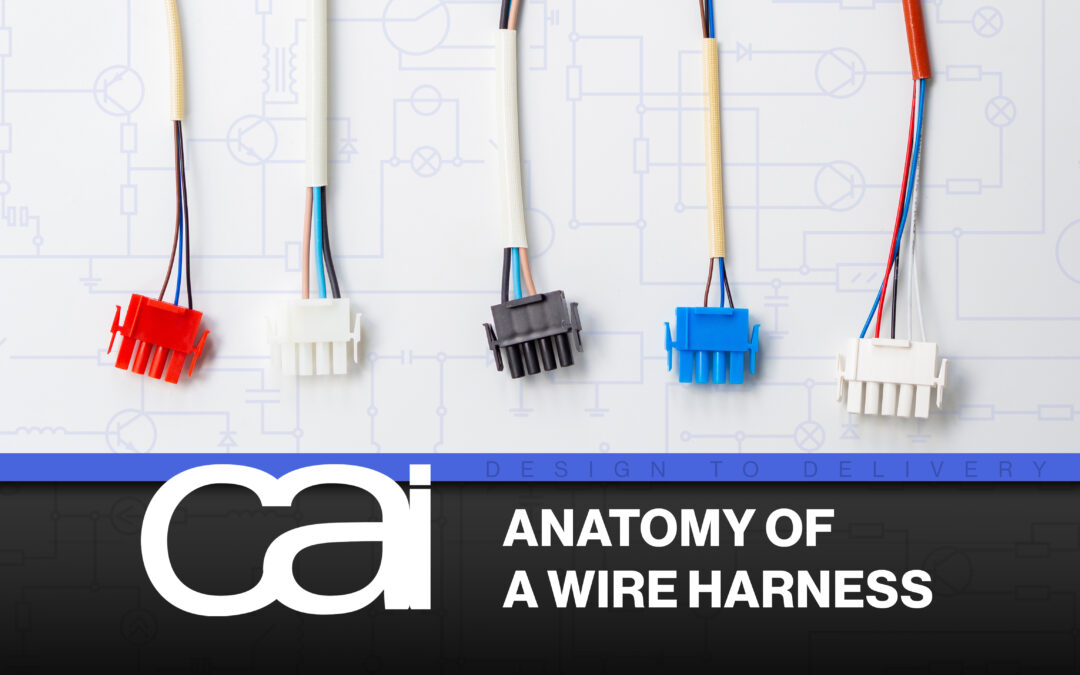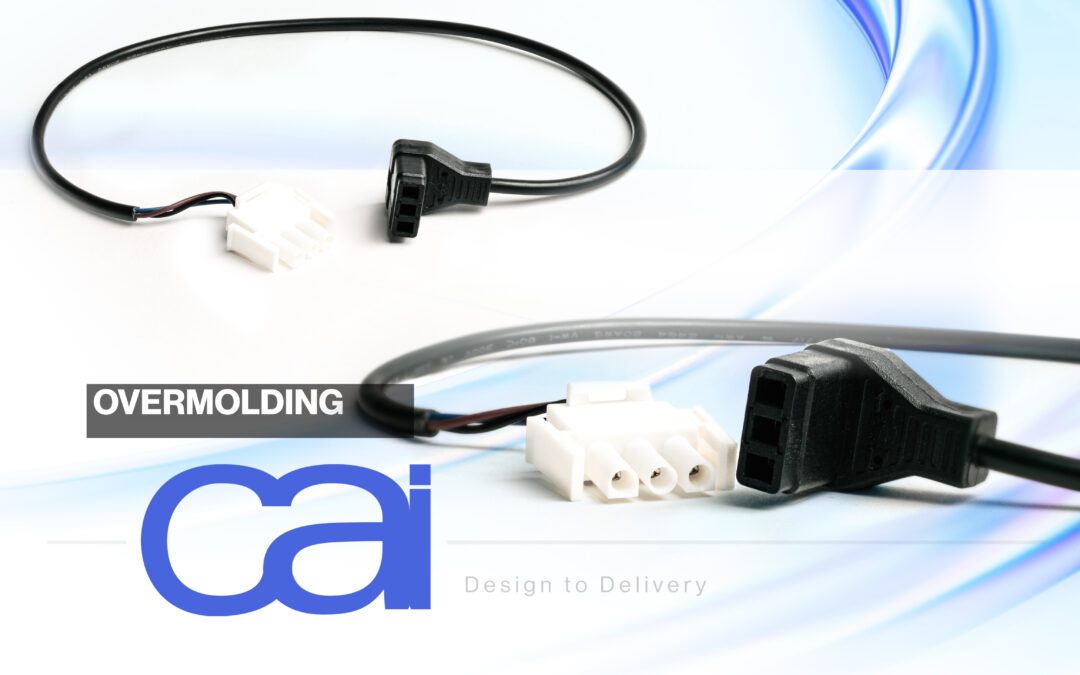Enhance Your Cable’s Performance & Lifespan by Guarding Against the Common Causes of Cable Failure
From the factory floor to the office building, cable failure is a leading cause of downtime which often means valuable time, resources and revenue lost. The machines and devices that power the American way of life depend on the steady flow of electrical power and data which cable assemblies and wire harnesses supply each and every day.
Making sure those cables and wires are as protected as possible from ongoing threats is key to reliable performance and longevity from your cable assemblies. Likewise, failing to guard against them can lead to a host of negative consequences from electrical failure to fire.
One of the key differentiators between wire harnesses and cable assemblies is that cable assemblies are usually designed for harsher environments including outside use where the elements and other factors that can infiltrate and degrade them.
Following specific construction and performance guidelines, the team of experts at CAI takes every possible step and chooses just the right materials to ensure the finished product will stand up against whatever threats the assemblies might face, including these 6 common causes of cable failure:
1 – Water
High humidity and temperature fluctuations can lead to condensation that hastens the deterioration of insulation materials. When moisture seeps in, it can cause significant problems including short circuits and corrosion of conductors. Buried cables can be affected by groundwater, and any cable exposed to water is susceptible to water treeing and increased electrical stress that causes the sheathing to crack. That’s why it’s important to use water-resistant, durable sheathing and create watertight seals around the cables before closing them up.
2 – Extreme Temperatures
Meanwhile, whether generated from an external source like the sun or by the resistance to current flow in the conductor when the cable is overloaded or underrated for the application, excessive heat can cause insulation and sheathing degradation, leading to premature failure.
Extreme cold can cause cables to harden, crack, and even break. To avoid cable damage from extreme temperatures, you must make sure your cable assemblies have sufficient temperature ratings for their specific applications.
3 – Chemicals
In certain settings, especially industrial, there is a greater possibility of chemicals coming into contact with your cables. Oils, acids, degreasers, and other chemicals can cause the cable’s jacket to swell, bloat or harden. Eventually, the chemicals can penetrate to the cable and eat away at the insulation and conductors inside, while making way for moisture to get through. You can mitigate future damage by making sure you choose the appropriate protective outer covering for your assembly.
From the best connector and jacket materials to proper certifications and approvals, the team of experts at CAI knows what goes into building custom high-quality overmolded cable assemblies. Contact CAI today and they can tell you just what you need to protect against threats for your future application.
4 – Electromagnetic Interference
EMI happens when one electromagnetic field interferes with another, resulting in the distortion of the fields. This can lead to poor signal quality, loss of data, or complete failure of the electrical device. Because cables have electromagnetic fields, there must be a barrier between them and outside electromagnetic fields in the air. Properly applied cable shielding can help you guard internal conductors against EMI while also protecting surrounding systems against interference emission.
5 – Animals
For some reason, little critters tend to have a taste for cables, trying to bite through them every chance they get. This is obviously a threat to a cable assembly’s performance and lifespan, as well as a leading cause of electrical fires. The damage to a cable’s sheathing or insulation properties can be extensive, and therefore time-consuming to identify and fix. If the cable assemblies’ application involves the threat of natural pests, you’ll want to make sure your assembly is as durable as possible or that the system is enclosed in your design to stay clear of animals.
6 – Time
No matter how well-protected a cable assembly was designed to be, time eventually takes its toll, and materials simply start to degrade. At the same time, wear and tear from constant tugging, bending and pulling will lead to material fatigue and strand breakage that can cause the insulation to perforate. An exposed conductor risks short circuits or even electrical fire. Before that’s the case, it’s best to put that faithful workhorse out to pasture and replace it with a brand new one, preferably with higher flexibility and flex life so it will last even longer.
Your Best Defense Against Cable Assembly Threats: The Experts at CAI
Arguably, the greatest threat to a cable assembly doesn’t occur once it’s in use, but during the manufacturing process. If a manufacturer fails to anticipate threats and take steps to avoid them, poor design, production, and inadequate testing can all lead to cable failure and performance issues down the road.
The design and production of your cable assembly is ground zero for making sure the finished product will stand up to future threats. Every choice that goes into manufacturing a cable assembly — from the proper sheath materials to the ideal cable shielding — is crucial to ensuring optimal performance and durability, no matter the intended environment.
Custom Overmolding
One of the biggest steps you can take to avoid these threats is to have your cable assembly overmolded. Providing enhanced strength, flexibility and water/chemical/impact resistance, overmolding uses specialized injection-molding machines to combine wires and connectors into a seamless, single piece, conforming to custom specifications such as dimensions, weight, and structure that best accommodate future usage needs.
From design to delivery, CAI works with you every step of the way to make sure your electrical products meet your exact specifications and perfectly fits your applications. Heat, rain, EMI, rodents, you name it, CAI will make sure your overmolded cable assembly is ready for it. Reach out to CAI today so they can help bring your vision to life.
